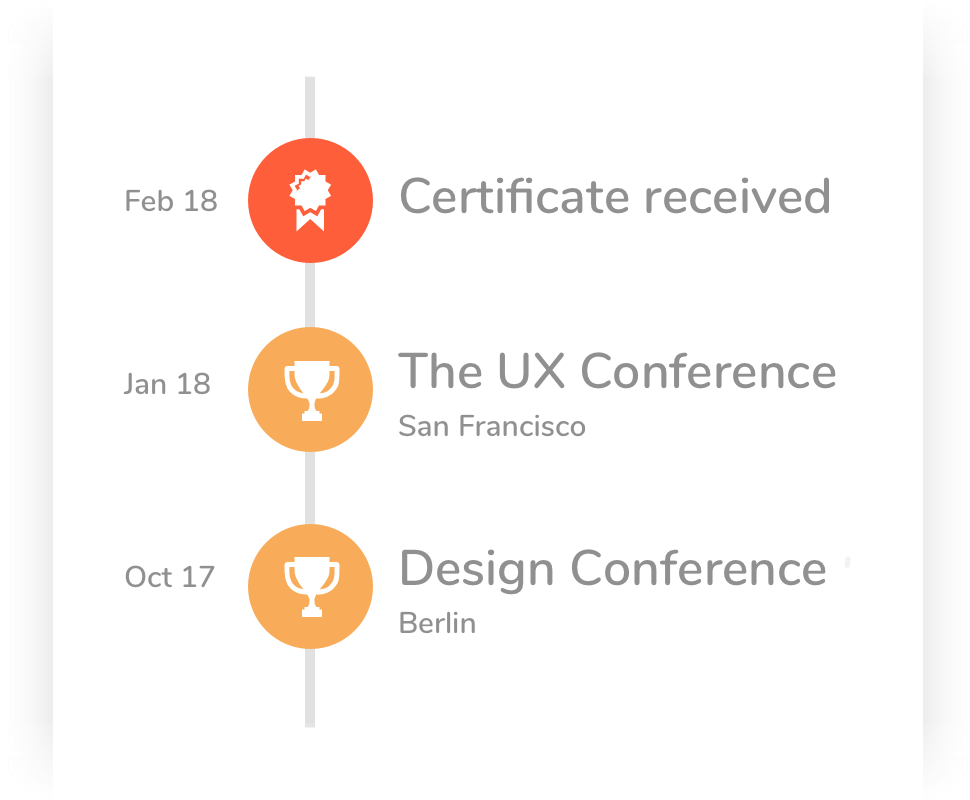One of the biggest costs to organisations is high staff turnover. Not only do you face the considerable expense of recruiting to your digital workplace, but also the disruption and distraction of onboarding new team members.
Much has been written about the fact that salary is not the only thing that motivates people to apply for vacancies, or that keeps them loyal to existing employers.
Millennials, in particular, are greatly influenced by “job satisfaction”. Employers are encouraged to make their workplaces attractive and work along holistic lines, to keep staff loyal, motivated, and queuing up to work for them. It comes down to creating the “right” culture in your organisation, to entice the right calibre of employees to apply for jobs, then stay with you for as long as possible.
What makes an appealing company culture?
The starting point of building a culture that helps to retain and attract staff is understanding the common reasons why people jump ship.
There will always be some natural staff turnover as people travel, move, or retire. However, if you’re leaking a lot of your workforce the things to look for are simple.
Extensive studies show that lack of opportunity, ineffectual management, unbalanced workloads, and poor reward for effort are highly insidious.

Are a large number of your staff heading for the exit?
It is not just about toxic workplaces, or completely in-cohesive support cultures though. You may offer strong prospects, managers who are leaders, clear job roles, and a whole host of other key attributes. But your staff fully understand and see all that?
Access to advancement
One of the major motivations for people changing jobs is poor access to training. If your organisation fails to tap into employees’ ambition to grasp new skills – and gain promotions and new responsibilities – you’re seriously missing out in many ways. Not least, as your corporate inertia could be contributing to your staff churn.
This is particularly true of management and supervisory staff. According to one piece of research, 58% of people in those roles are disappointed by their existing training provision.
This makes it vital to make open access to career development a central aspect of your company culture. E-learning and training modules within your intranet software and in-person courses should be made available constantly. This empowers staff to grow their knowledge and skills at their own pace.

Providing your staff with learning opportunities will help them feel valued
Communications roadblocks
All your work to create a strong and positive corporate culture could be ineffectual if you miss out on one important aspect; you have to be seen, to be believed.
By this, we mean communications of the right depth and calibre to make staff feel a truly integral part of your business. Plus, recruitment wording and activities which position and promote your business in the best and most accurate way.
This can come from ensuring that your intranet software authentically supports a two-way flow of information and feedback. Also, by integrating social space within your intranet alongside collaborative opportunities, such as corporate social networking forums that keep remote workers in the loop.
Notifications and messaging via intranet software should also include plenty of tangible evidence of your inclusive and caring culture. This could include, for example, sharing employee news and giving regular management updates in response to staff questions, concerns, and ideas.
Holistic approaches
Treating staff – and potential recruits – as individuals with a life outside work can pay dividends.
Mention has already been made of setting up intranet software to facilitate social engagement and interaction in your digital workplace. Making everything about the relentless pursuits of increased productivity and sales can quickly wear thin.
Both the intranet and physical communications such as meetings and noticeboards should be used to recognise and reward staff. Not just for their contribution to profit, but also for the ways people go the extra mile to make your workplace a pleasant environment.
You could even hand out kudos for achievements outside working hours, to create a truly holistic staff support culture.
Consider setting in place health and social activities around your working day too, such as lunchtime yoga sessions or supporting initiatives such as dress down Friday or “Bring Your Dog to Work Day”.

Why not consider a “Bring Your Dog to Work Day” to complement your company culture?
Teams who play together, stay together (or at least get on better in working hours).
Sharing your company vision
Lastly, a great way to improve staff retention and recruitment is to avoid being stingy with your business development plans! Keeping R&D and your growth ambitions close to your chest, for instance, can seem like the best way to protect your future. However, both existing and potential staff need to know where you are heading as a business, operating within a culture of openness which recognises their role.
One reason for this is that it gives them an assurance that working with you will bring opportunities and fresh challenges, alongside a degree of career stability due to planned growth.
Also, ensuring that staff in your digital workplace share your vision – and understand the part they play in it – is important to keep them focused and motivated.
Ultimately, it all comes down to making sure your staff are seeing lots of wide-open doors ahead, rather than constantly looking for the exit!





